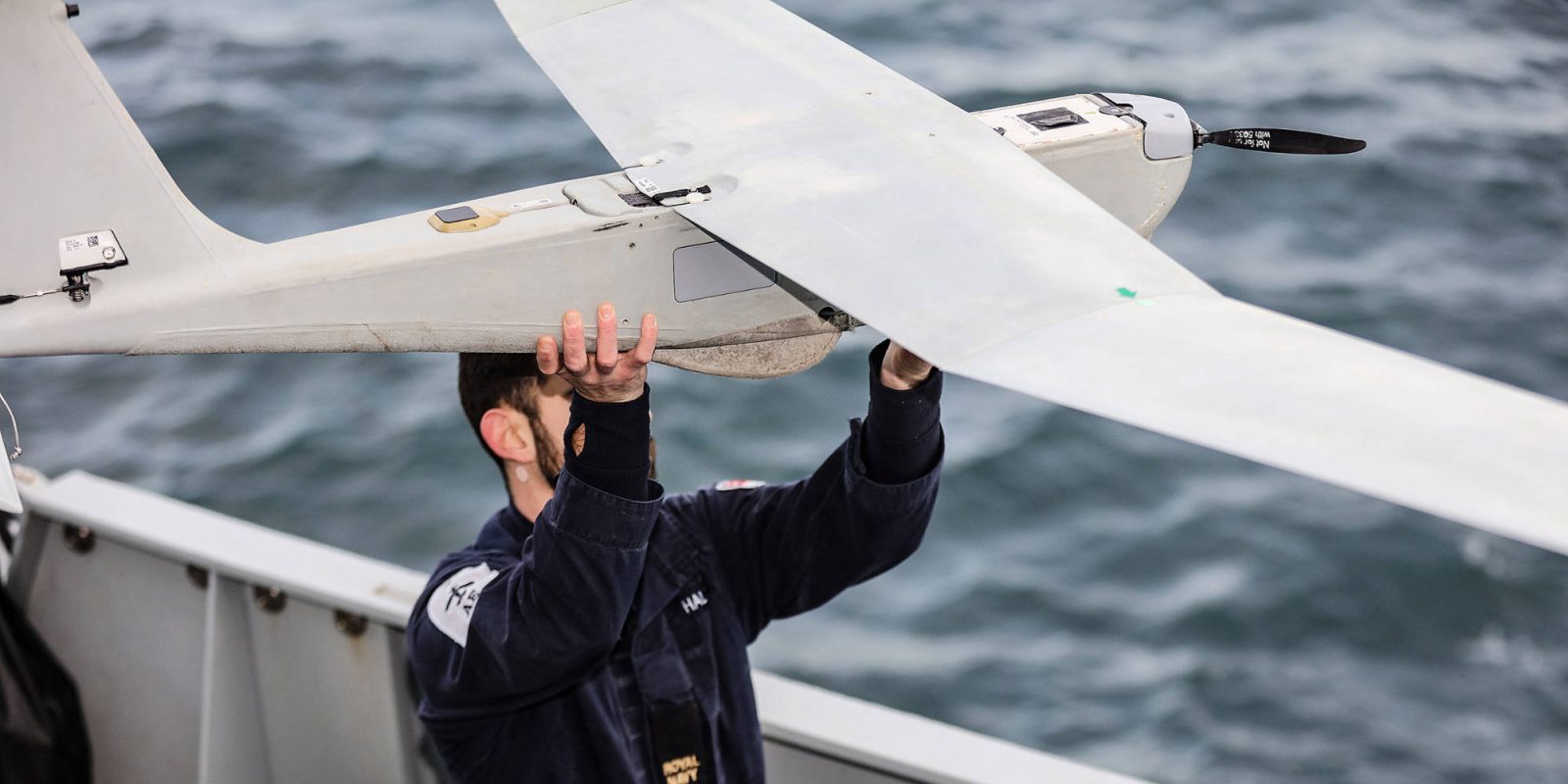
Arms and ammo are often said to be the lifeblood of fighting forces – one reason why militaries around the world have deployed uncrewed aerial vehicles (UAV) to re-supply troops locked in prolonged combat situations. But for wounded soldiers, actual plasma is even more important than munitions, which is why the UK’s Royal Navy is testing drone delivery of blood to battlefields.
Royal Navy drones tested in blood deliveries for wounded troops
The Royal Navy put drones through a number of military exercises this month, including making deliveries of blood to battlefield doctors. According to a press release on the operation, the tests using UAVs ranged from “tactically re-supplying commandos with everything from ammunition for the assaulting troops, through to blood for combat medics.” As part of those, the Royal Navy said it used the craft in swarms for the first time ever.
Deployment for delivering plasma was another bold step into new territory.
The advantages of using drones for supplying blood to keep fallen soldiers alive is evident. The craft can travel faster than ground transport, and if shot down can be quickly replaced. One major drawback, however, has been the limited amount of plasma that can be delivered. The Royal Navy has partially solved that problem by using medium-heavy lift Malloy Aeronautics TRV-150s UAVs. Those boast maximum payloads of 140 lbs., and can fly as much as to 43 miles on a total flight time of 36 minutes.
Using such craft, especially in swarm formation, could therefore get large quantities of blood to battlefield medics, and improve efforts to save lives and limbs of wounded soldiers. The ability of a single controller to pilot swarms, meanwhile, means more free forces available to battle the enemy.
It wasn’t until the middle of the last decade that researchers began viewing drone deliveries of blood as medically viable – something the Royal Navy has now made militarily operational. A 1995 test marked the first time a small quantity of blood was flown aboard a UAV and determined fine for use upon arrival. The following year, plasma-toting drones made medium-haul flights to supply hospitals on offshore ships with transfusion supplies from land facilities.
With the blood transported in those trials judged virtually unaffected by drone flights, the Royal Navy’s tests have taken the next step: delivering supplies in larger volumes, and via swarm flights that increase the chances of those reserves arriving where they’re needed.
“Only by continued experimentation with the latest technology and innovation can we properly prepare our people for the challenges of the future,” said Admiral Sir Tony Radakin. “(We’re) testing just how hybrid forces can operate on the battlefield, with elite Royal Marine Commandos enhancing their capabilities with the use of drone swarms.”
FTC: We use income earning auto affiliate links. More.




Comments